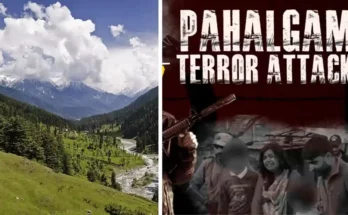1. Trump Historical Approach to South Asian Diplomacy
Donald Trump’s approach to South Asian diplomacy has been marked by a mixture of bold rhetoric, strategic alliances, and sometimes controversial decisions. Throughout his presidency, Trump’s policies toward India and Pakistan were often shaped by broader geopolitical interests, with a focus on counterterrorism, trade, and balancing China’s growing influence in the region. Trump’s relationship with India, in particular, became one of his signature foreign policy achievements. His administration strengthened ties with New Delhi, emphasizing shared democratic values and strategic cooperation in the Indo-Pacific region. Trump‘s “America First” mantra resonated in his dealings with India, as he sought to boost trade relations and secure India as a counterbalance to China’s growing presence.
However, Trump’s approach to Pakistan was more complex. While maintaining strategic cooperation on counterterrorism efforts, Trump’s blunt public statements often put a strain on the relationship. His administration’s stance on Pakistan was shaped by frustration over the country’s alleged ties to insurgent groups operating in Afghanistan. Trump’s threats to cut aid and the cancellation of military assistance highlighted his hard-line stance, which was meant to push Pakistan toward greater cooperation with U.S. efforts in the region. Despite these tensions, Trump’s administration did engage in peace talks with the Taliban, with Pakistan playing a crucial intermediary role.
Trump’s rhetoric and policy decisions during his presidency had lasting effects on regional stability. His tendency to speak directly and often without diplomatic filters left both India and Pakistan cautious of his involvement. In some ways, Trump’s unpredictable style created an atmosphere of uncertainty, while in other instances, it paved the way for closer partnerships with both nations. As the world watches the 2025 India-Pakistan conflict, Trump’s historical involvement in South Asia could serve as a critical lens for understanding his potential influence as either a peacemaker or provocateur.
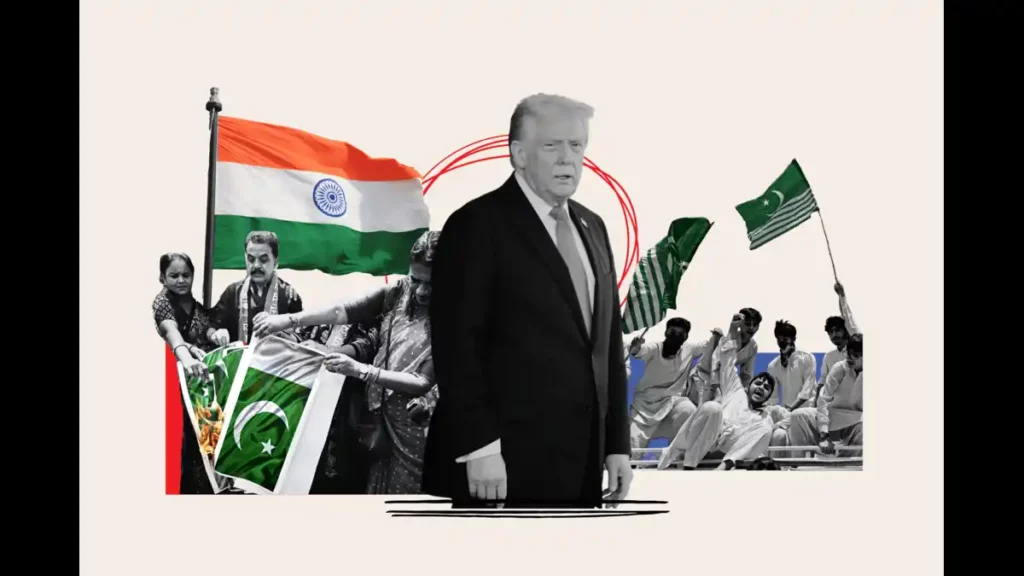
.
2. The 2025 India-Pakistan War: A Brief Overview
The 2025 India-Pakistan War marks a pivotal moment in South Asian history, and its global significance cannot be overstated. For decades, India and Pakistan have been engaged in a volatile and contentious relationship, characterized by territorial disputes, military tensions, and occasional armed conflicts. However, the events leading up to the 2025 war were a culmination of years of geopolitical strain, and it is important to understand the context and dynamics that sparked the conflict.
- The primary issue fueling tensions between India and Pakistan remains the disputed region of Kashmir. In the years preceding 2025, both nations had experienced increasing military standoffs and border skirmishes. Pakistan, accusing India of human rights violations in Kashmir, sought to rally international support, while India continued to strengthen its military presence in the region, claiming that its actions were necessary for national security. Throughout this period, diplomatic efforts to de-escalate the situation largely failed, with both nations taking hardline stances and relying on military deterrence rather than dialogue.
- Another contributing factor to the 2025 war was the broader geopolitical shifts in the region. In particular, the growing influence of China, especially in Pakistan, posed a direct challenge to India’s strategic interests. By 2025, India had further solidified its alliance with the United States, seeking to counterbalance China’s increasing economic and military footprint in South Asia. Pakistan, on the other hand, continued to bolster its ties with China, receiving both economic support and military aid. These geopolitical alignments created a dangerous tinderbox, with tensions between India and Pakistan playing out in a larger context of great power rivalry.
- As the conflict began to escalate, global powers were forced to take a stand. The United States, under Trump, played a key role in shaping the international response. Historically, Trump had taken a firm stance on South Asian affairs, often prioritizing American interests above diplomatic norms. His administration’s policies had already caused ripples in the region, especially with regard to Pakistan’s role in counterterrorism efforts and its relationship with the Taliban. In 2025, Trump’s decisions were viewed as either a potential de-escalating force or an additional provocation.
- In the lead-up to the war, Trump‘s diplomatic approach was met with mixed reactions. His public calls for both India and Pakistan to engage in peace talks were undermined by his tendency to make rash, inflammatory statements. His administration’s policy toward Pakistan, which had been marked by cutting aid and imposing sanctions, further alienated Islamabad, while his overtures to India were seen as reinforcing the power imbalance between the two countries. At the same time, Trump‘s lack of consistent engagement in the region raised questions about his true intentions. Was he genuinely seeking peace, or was he more interested in exerting American influence to achieve broader geopolitical goals?
- The global significance of the 2025 India-Pakistan War cannot be underestimated. With nuclear weapons in play, any escalation between these two nuclear-armed nations could have catastrophic consequences for the world order. As the war unfolded, world leaders closely observed Trump‘s actions, wondering whether his administration would be able to mediate or if his interventions would further fuel the fire. The conflict not only had the potential to reshape the South Asian region but also carried enormous implications for global security, economic stability, and the future of U.S. foreign policy under Trump.
- In conclusion, the 2025 India-Pakistan War stands as a defining moment in modern geopolitics. Trump’s historical involvement in South Asia, along with his actions leading up to the war, will be scrutinized for years to come, as they hold the potential to influence the future trajectory of international relations and global peace.

3. Trump’s Diplomatic Strategies: Peacemaker or Provoker?
Trump’s foreign policy strategies during his presidency were often marked by an unpredictable and confrontational style that challenged traditional diplomatic norms. His approach to international relations was defined by a preference for direct action, minimal reliance on multilateral institutions, and a focus on prioritizing American interests. When it came to South Asia, Trump‘s diplomatic maneuvers were a mix of rhetoric, economic pressure, and military posturing. This blend of tactics had a profound impact on the ongoing tensions between India and Pakistan, with Trump‘s policies sometimes acting as a catalyst for escalation, and other times as a potential avenue for peace.
- At the core of Trump’s foreign policy was the “America First” doctrine, which emphasized U.S. economic and security interests above global cooperation. In relation to India and Pakistan, Trump’s approach was heavily influenced by his desire to counterbalance China’s growing influence in the region. Trump often sought to strengthen ties with India, seeing it as a critical ally in the Indo-Pacific to contain Chinese power. His administration made significant efforts to bolster India’s defense capabilities, through both military sales and closer diplomatic ties, which were seen as part of a broader strategy to align with India against China. In this regard, Trump’s actions were somewhat provocative, as they signaled a shift toward closer cooperation with India while leaving Pakistan feeling sidelined and marginalized.
- On the other hand, Trump‘s policy toward Pakistan was characterized by frustration and a tendency to take a hardline stance. His administration had a contentious relationship with Islamabad, particularly regarding Pakistan’s support for insurgent groups operating in Afghanistan. Trump repeatedly criticized Pakistan for not doing enough to combat terrorism, and his administration imposed sanctions and cut military aid to the country. These actions, while aimed at pressuring Pakistan to alter its policies, only served to heighten tensions and exacerbate Pakistan’s mistrust of the U.S. and its allies. Many observers viewed Trump’s rhetoric as inflammatory, rather than constructive, especially when he publicly threatened to withdraw all U.S. support from Pakistan.
- Despite these provocative stances, Trump did make occasional gestures toward peace. For example, he advocated for direct dialogue between India and Pakistan and expressed a desire to mediate the Kashmir dispute. These attempts at peacemaking were often overshadowed by Trump‘s more aggressive rhetoric and policies, which made it unclear whether his interventions were genuine efforts at diplomacy or merely strategies to project U.S. power in the region. Trump’s inconsistency in his approach left many wondering whether he truly sought to be a peacemaker or whether he was more interested in using the conflict as a lever to advance his broader geopolitical interests.
- Furthermore, Trump’s personal style—characterized by brash, sometimes reckless public statements—often undermined his diplomatic credibility. His public attacks on both India and Pakistan, often made via social media or in speeches, added fuel to an already volatile situation. The instability caused by Trump‘s unpredictable tactics raised doubts about his ability to play a stabilizing role in the region.
- In conclusion, Trump‘s diplomatic strategies regarding India and Pakistan were a mixture of provocations and peace efforts, marked by inconsistency and bold actions that often complicated the delicate balance in South Asia. Whether Trump acted as a peacemaker or provoker remains a subject of debate, as his tenure in office highlighted the tension between his aggressive posture and occasional attempts at negotiation. The true impact of Trump’s foreign policy on the India-Pakistan conflict will continue to be a point of analysis as the world reflects on his legacy in international diplomacy.
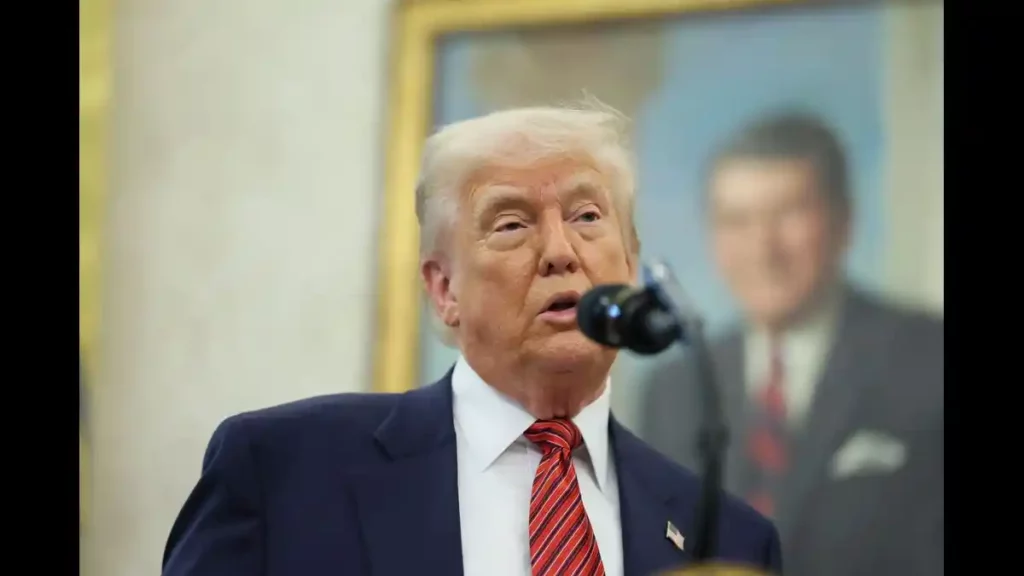
4. The Role of U.S. Influence in South Asian Conflicts
- The United States has long been involved in South Asian conflicts, particularly between India and Pakistan. The role of the U.S. in these disputes has been one of both mediation and escalation, depending on the geopolitical context and the strategic interests at play. Over the decades, the U.S. has fluctuated between acting as a peacebroker and as an instigator of tensions, with the actions of various presidents, including Trump, shaping the trajectory of South Asian relations.
- Historically, the U.S. has sought to play a central role in managing tensions between India and Pakistan, with varying degrees of success. During the Cold War, U.S. policy was influenced by the broader rivalry with the Soviet Union, and both India and Pakistan were considered crucial players in the larger global struggle. At the time, India’s non-alignment policy and its ties to the Soviet Union placed it in opposition to the United States, while Pakistan’s alignment with the U.S. made it a key ally in the region. Trump‘s presidency represented a sharp shift in U.S. strategy, with a greater emphasis on prioritizing bilateral relations over multilateral diplomacy, and a focus on direct engagement with the two nations rather than involving third-party peacekeeping forces.
- In the years leading up to the 2025 India-Pakistan war, Trump‘s policies and rhetoric had already shifted the dynamics of the U.S.’s involvement in South Asia. Under Trump, the U.S. took a more transactional approach to diplomacy, with a focus on securing economic and strategic benefits. This included strengthening military ties with India, particularly in countering China’s growing influence in the region, while simultaneously reducing aid to Pakistan, which was seen as insufficiently supportive of U.S. counterterrorism efforts. This shift in policy had significant implications for the India-Pakistan relationship, as Trump‘s support for India was perceived by Pakistan as an abandonment of traditional American neutrality.
- Throughout his term, Trump made several public statements and policy changes that directly influenced the trajectory of U.S. involvement in South Asia. By offering support to India, especially through arms deals and military cooperation, Trump effectively signaled to Pakistan that the U.S. was no longer a neutral party in the region. This alienation of Pakistan, combined with Trump‘s scathing criticisms of its government’s role in harboring insurgent groups, further exacerbated the tensions between the two countries. On the other hand, Trump‘s rhetoric of “America First” created a sense of unpredictability in his foreign policy approach, leaving both India and Pakistan uncertain about how he might respond to future provocations.
- Despite these tensions, the U.S. continued to maintain a military presence in the region, partly due to its interests in Afghanistan and its desire to monitor the nuclear capabilities of both India and Pakistan. Trump’s policies of disengagement from multilateral diplomacy, in favor of more direct bilateral negotiations, positioned the U.S. as a more isolated power in South Asia, creating a vacuum that allowed regional actors to assert themselves more forcefully. In this context, Trump‘s handling of South Asian conflicts can be seen as both a catalyst for further polarization and an indicator of the shifting global order in which the U.S. no longer holds the central diplomatic role it once did.
- In conclusion, the role of the U.S. in South Asian conflicts, particularly the India-Pakistan rivalry, has been one of shifting engagement, and Trump’s tenure marked a period of heightened tensions and more direct involvement. His administration’s emphasis on transactional diplomacy and his criticism of Pakistan’s actions placed him in a position where his influence on the region was as likely to escalate tensions as it was to mediate peace.
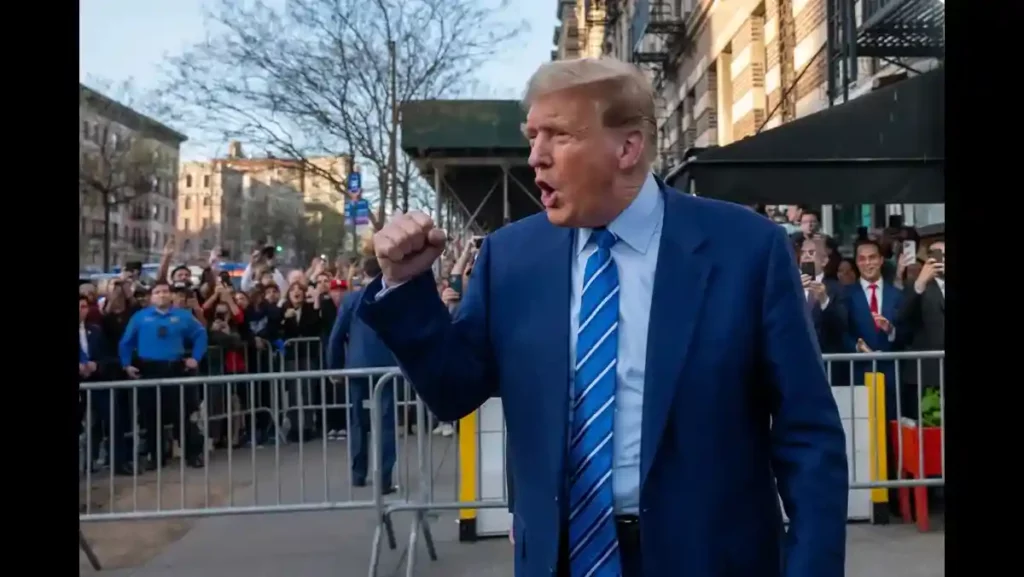
5. Trump’s Public Statements and Policies Toward India and Pakistan in 2025
- As the 2025 India-Pakistan conflict erupted, Trump‘s public statements and policies played a crucial role in shaping the international response and influencing the course of the war. Known for his unorthodox approach to diplomacy, Trump utilized social media, public speeches, and interviews as platforms to communicate his stance on the conflict, often creating a volatile environment that added fuel to an already explosive situation. These public declarations, combined with his policy decisions, left a lasting imprint on the trajectory of U.S. involvement in the war and had far-reaching implications for the regional stability of South Asia.
- Trump’s rhetoric, particularly his use of Twitter, became a defining feature of his presidency. As tensions between India and Pakistan escalated, Trump made a series of provocative statements that seemed to directly engage with the conflict. In one notable tweet, Trump called for both countries to “end the bloodshed and come to the table for talks,” but his subsequent remarks about India’s right to defend itself and Pakistan’s “lack of cooperation” in counterterrorism efforts suggested a clear bias. This inconsistency between calls for peace and the implied support for India left both sides wary of Trump‘s true intentions. Critics of Trump argued that his statements only inflamed the situation, making him a provocative force rather than a peacemaker.
- In addition to his public statements, Trump’s policies toward India and Pakistan in 2025 were heavily influenced by his broader strategic objectives. On one hand, he sought to strengthen ties with India, viewing the country as a counterbalance to China’s growing influence in the region. As part of this strategy, Trump approved the sale of advanced military equipment to India, including cutting-edge fighter jets and defense systems. These arms deals were meant to cement India’s position as a key U.S. ally in the Indo-Pacific but were seen by Pakistan as a provocative move that tipped the scales of power in India’s favor. Trump’s support for India’s military expansion was framed as part of a broader strategy to counterbalance China’s growing influence, but it also increased Pakistan’s sense of insecurity.
- On the other hand, Trump’s relationship with Pakistan was marked by increasing hostility. The U.S. had long accused Pakistan of harboring insurgents and not doing enough to combat terrorism, and Trump made these concerns central to his public messaging. He openly criticized Pakistan for its alleged complicity in the violence plaguing Afghanistan and threatened to sever military aid if the Pakistani government did not do more to curb extremist groups. These remarks, while consistent with his tough stance on terrorism, further alienated Pakistan and placed pressure on the country’s fragile political situation. Trump’s decision to cut off military assistance and freeze aid packages intensified the divide between the two nations, making it more difficult for diplomatic channels to function effectively.
- Despite these provocative policies, Trump did attempt to mediate the situation on occasion. In some speeches, he urged both India and Pakistan to seek a diplomatic resolution, although his calls for dialogue often came after strong criticisms of Pakistan’s role in the conflict. This erratic diplomatic approach left many questioning whether Trump was genuinely interested in facilitating peace or if his interventions were primarily driven by a desire to maintain U.S. dominance in the region. For some, Trump’s actions seemed less about peacekeeping and more about asserting U.S. power by playing both sides of the equation.
- Ultimately, Trump’s public statements and policies in 2025 had a profound effect on the India-Pakistan conflict. His strong support for India, combined with his harsh criticism of Pakistan, made it difficult for the U.S. to maintain the neutral position it had once occupied. His tendency to speak impulsively and publicly, without consulting allies or engaging in multilateral diplomacy, added unpredictability to an already volatile situation. Trump‘s influence in the region was as likely to provoke further conflict as it was to bring about peace, and his legacy in South Asian diplomacy will be defined by the tension between his peacemaking attempts and his provocations.
- In conclusion, Trump‘s public statements and policies toward India and Pakistan during the 2025 conflict underscored his broader foreign policy approach—unpredictable, confrontational, and often deeply divisive. While he occasionally sought to mediate the conflict, his actions often had the opposite effect, deepening divisions and complicating the prospects for peace. Whether Trump acted as a peacemaker or provocateur in the eyes of history remains to be seen, but one thing is clear: his involvement in South Asia significantly influenced the course of the 2025 war and the future of U.S. relations with both India and Pakistan.

6. The Role of Media and Public Opinion in Shaping Trump’s Actions
- In the age of instantaneous communication and 24-hour news cycles, the role of media in shaping the actions of world leaders cannot be overstated, and Trump’s presidency was a testament to how media coverage could profoundly impact diplomatic strategies. Throughout his time in office, Trump was both a media-savvy figure and a frequent target of media scrutiny. The media’s portrayal of international conflicts, particularly the India-Pakistan tensions in 2025, often influenced how Trump responded to the escalating situation. His keen awareness of media influence, coupled with his impulsive nature, led to diplomatic decisions that were sometimes reactive, shaped by public opinion and the narrative constructed by news outlets.
- In the case of the India-Pakistan conflict, the media played a crucial role in shaping how Trump framed the situation. As the conflict escalated, Trump’s decisions were often made in response to media coverage, both domestic and international. News outlets, particularly those in the U.S., shaped the perception of the conflict, often framing India as a victim of Pakistani aggression and portraying Trump as either a potential peacemaker or provocateur depending on the situation. This media-driven narrative affected how Trump saw his role in the crisis. If the media painted him as too lenient toward Pakistan, it pushed him to take a more hardline stance, criticizing Pakistan’s support for insurgent groups. Conversely, if the media focused on India’s suffering or the potential threat to global stability, Trump would often align his rhetoric to appear as though he was the champion of peace or a defender of democratic values.
- The role of social media also cannot be overlooked in shaping Trump’s actions. His frequent use of Twitter to directly address issues, make policy declarations, and even critique other countries became a hallmark of his presidency. Throughout the India-Pakistan conflict, Trump took to social media to issue statements, often without the usual diplomatic filters. His posts were frequently picked up by news outlets and amplified, shaping the public discourse around the conflict. In this way, media coverage both fueled Trump‘s immediate responses and amplified the consequences of his actions. His ability to directly communicate with the public, bypassing traditional media channels, meant that public opinion and media narratives heavily influenced how Trump chose to engage with the India-Pakistan situation.
- The constant media pressure on Trump also created a sense of urgency and unpredictability in his decision-making. As the situation worsened, media coverage would often sensationalize the conflict, portraying it as a potential flashpoint for global war. This pressure could push Trump to act swiftly, sometimes making rash decisions in an attempt to address media critiques or project strength. In other instances, Trump would seize upon the media’s portrayal of India as a victim, aligning himself with the Indian government’s stance, regardless of the broader complexities of the conflict. Thus, the media’s framing of the situation often pushed Trump toward decisions that could either escalate or de-escalate the conflict, depending on the prevailing narrative.
- Ultimately, the media played a significant role in shaping Trump’s diplomatic responses, with coverage influencing both the content and timing of his statements and actions. Whether it was responding to pressure from news outlets or attempting to control the narrative surrounding his involvement in the conflict, Trump’s relationship with the media was a key factor in how the 2025 India-Pakistan war unfolded.
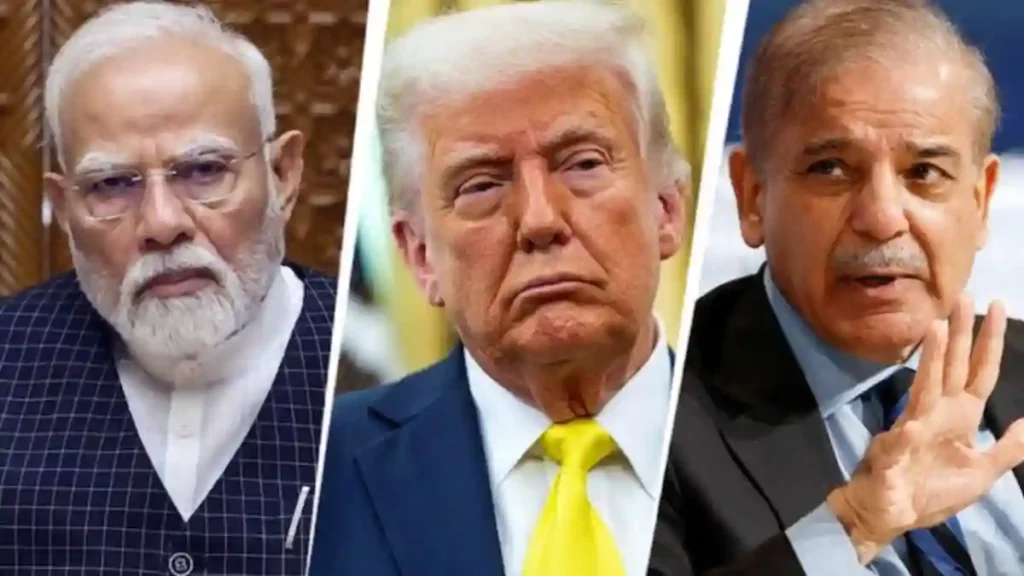
7. Could Trump Have Prevented the Escalation? Analyzing Key Decisions
- The question of whether Trump could have prevented the escalation of the 2025 India-Pakistan war is one that requires a careful examination of his actions, key decisions, and his broader diplomatic strategy. As the conflict between India and Pakistan escalated, Trump had several critical opportunities to de-escalate the situation, yet his approach, marked by unpredictability and strong rhetoric, often had the opposite effect.
- One of the key moments when Trump could have potentially prevented escalation was early on, when diplomatic channels were still open. Trump had the option of actively engaging both India and Pakistan in talks, urging restraint and offering to mediate the situation before it reached a boiling point. Instead, his public statements, especially those criticizing Pakistan for harboring insurgents and accusing it of being insufficiently cooperative in counterterrorism efforts, only alienated the Pakistani government. Trump had the opportunity to take a more neutral stance, providing a platform for dialogue between the two countries. However, his decision to favor India, particularly through arms deals and stronger military ties, effectively alienated Pakistan and hardened its stance.
- Another critical juncture came when Trump could have used the power of diplomacy to apply international pressure for a ceasefire. As the war intensified, global powers and international organizations, including the United Nations, began to call for peace talks and a cessation of hostilities. Trump’s support for these efforts could have been pivotal in pressuring both India and Pakistan to come to the negotiating table. Instead, Trump‘s public comments at the time were often either dismissive or conditional, focusing more on maintaining U.S. strategic interests in the region rather than pushing for a peaceful resolution. Trump’s reluctance to push for a more robust diplomatic solution, coupled with his strong ties to India, meant that the conflict was allowed to intensify.
- Moreover, Trump‘s decision to publicly criticize Pakistan and cut military aid, rather than work through diplomatic backchannels, made it more difficult for Pakistan to consider negotiations. These actions not only increased hostility but also pushed Pakistan to seek deeper military and economic ties with China, which only exacerbated the regional power imbalance. As a result, Trump’s failure to consider the broader geopolitical consequences of his actions meant that he missed an opportunity to prevent further escalation.
- In retrospect, Trump could have taken a more balanced approach, acting as a neutral mediator between India and Pakistan. Instead, his policies, characterized by harsh rhetoric and a transactional approach to diplomacy, deepened divisions and made it harder for both nations to find common ground. Trump had the tools to de-escalate the situation, including diplomatic pressure, economic incentives, and the potential to rally international support for peace talks, but his inclination to support India and publicly chastise Pakistan made these opportunities difficult to seize.
- The lack of consistent diplomatic engagement and Trump’s reluctance to involve multilateral institutions or international allies in the process were key factors that contributed to the escalation of the conflict. Had Trump opted for a more inclusive and diplomatic approach—one that prioritized peace over geopolitical maneuvering—the situation may have been more manageable. However, Trump’s focus on securing American interests in the region and his tendency to rely on direct, often unilateral actions contributed to the eventual outbreak of full-scale war.
- In conclusion, while Trump certainly had the power to influence the course of the India-Pakistan conflict, his decisions in 2025 seem to have been more geared toward managing U.S. strategic interests rather than preventing escalation. His failure to balance diplomacy with decisive action ultimately contributed to the situation spiraling out of control. Whether Trump could have prevented the escalation is a matter of speculation, but what is clear is that his diplomatic strategy, at critical moments, failed to prevent the war from reaching its devastating peak.
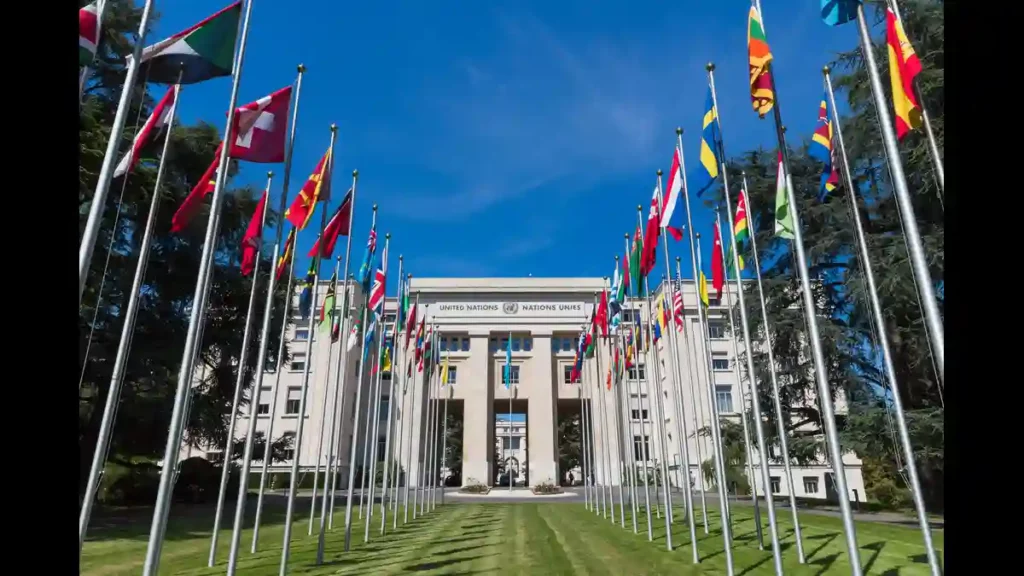
8. Global Reactions to Trump’s Involvement: Allies, Enemies, and the International Community
The 2025 India-Pakistan conflict, with its potential to spiral into a larger regional war, attracted widespread international attention. As the U.S. President, Trump’s involvement in the conflict carried significant weight, and his actions and rhetoric were closely scrutinized by both allies and adversaries. The global response to Trump‘s decisions was mixed, with some nations supporting his efforts and others openly criticizing his approach. His foreign policy style, which often prioritized unilateral actions and economic leverage, had a profound effect on how both allies and enemies reacted to his handling of the crisis.
Trump‘s relationship with traditional U.S. allies, particularly in Europe, was complicated by his tendency to distance himself from multilateral diplomacy and institutions. European nations, such as France, Germany, and the United Kingdom, expressed concern over Trump‘s handling of the India-Pakistan conflict, especially given his apparent bias toward India. The European Union, which has long championed dialogue and diplomacy in conflict resolution, was critical of Trump‘s approach. His public declarations supporting India’s right to defend itself against Pakistan were seen as exacerbating tensions in an already fragile situation. European leaders often called for Trump to use his influence to push both countries toward de-escalation and peace talks rather than further inflaming the situation with partisan rhetoric.
At the same time, Trump’s strong stance on India found support in some quarters. India, for instance, welcomed the U.S. President’s firm commitment to countering Pakistan’s perceived support for insurgent groups. Trump‘s administration had built strong defense and economic ties with India, and many within the Indian government saw Trump‘s actions as an endorsement of India’s efforts to combat terrorism emanating from Pakistan. India’s prime minister, in particular, publicly praised Trump for his tough stance on Pakistan, viewing it as a long-needed signal that the U.S. was shifting its allegiance in favor of India over Pakistan. For India, Trump seemed to be a reliable partner in their ongoing struggle against Pakistan, which made his involvement in the conflict a welcomed development from their perspective.
However, the situation was markedly different for Pakistan. Trump’s rhetoric against Pakistan, especially his public criticisms about its role in harboring terrorist groups, deeply strained U.S.-Pakistan relations. Pakistan’s leadership, already wary of U.S. policies in the region, felt further alienated by Trump’s uncompromising stance. The U.S. had long been Pakistan’s key ally, but under Trump, Pakistan experienced a dramatic shift in its relationship with Washington. Trump’s administration imposed sanctions, froze military aid, and made public threats to sever all ties with Pakistan. These actions, compounded by Trump‘s inflammatory comments, pushed Pakistan closer to China, seeking greater economic and military support from its strategic partner in the region. For Pakistan, Trump became the face of a U.S. foreign policy that they felt was undermining their security and sovereignty.
The United Nations (UN), which traditionally plays a role in mediating conflicts and fostering international dialogue, found itself in a difficult position regarding Trump’s involvement. The UN Security Council, often a forum for discussing international security issues, was divided in its response to the conflict. While some members, particularly those from Western nations, urged Trump to use his influence to push for a peaceful resolution, others were critical of the lack of multilateral engagement and diplomatic processes. Trump‘s preference for bilateral negotiations over involving international institutions led to accusations that he was undermining global diplomacy. The UN Secretary-General called for an immediate ceasefire, but Trump remained insistent on maintaining a more unilateral approach to handling the crisis. This put him at odds with many in the international community, who advocated for a more coordinated, diplomatic solution to the escalating conflict.
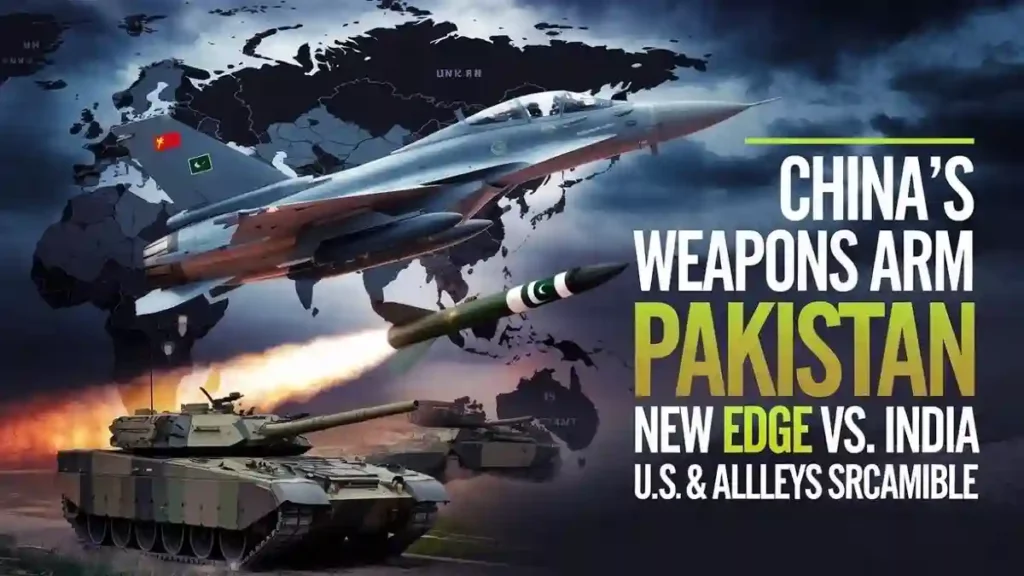
China, a key player in the region and a close ally of Pakistan, was another major actor that reacted strongly to Trump‘s involvement. Beijing saw Trump‘s support for India as part of a broader U.S. strategy to contain Chinese influence in Asia. Trump’s growing military ties with India were viewed by China with increasing apprehension, as it signaled a possible realignment of regional power dynamics. While China expressed concern over the potential for nuclear escalation in South Asia, it also reinforced its support for Pakistan, calling for a peaceful resolution while maintaining its strategic alliance with Islamabad. The Chinese government was quick to criticize Trump‘s heavy-handed tactics and urged both sides to engage in dialogue, even as it bolstered its own relationship with Pakistan through additional military and economic support. For China, Trump’s involvement in the conflict presented an opportunity to assert itself as the counterbalance to U.S. influence in the region.
Russia, another global power with a vested interest in South Asia, took a more neutral stance initially, urging both India and Pakistan to avoid escalation. However, Trump’s deepening ties with India did not go unnoticed in Moscow, which historically maintained a close relationship with India. Russia, while concerned about the potential for nuclear conflict, recognized Trump’s actions as part of a broader strategic competition with China and saw the U.S. as seeking to cement its influence in the region. Russian diplomats called for calm and restraint, but Trump‘s policy toward Pakistan, particularly his punitive actions, left Moscow wary of U.S. intentions in South Asia. Russia’s response was to continue advocating for arms control and peaceful negotiations, maintaining its own close diplomatic and military relationships with both India and Pakistan.
The global reaction to Trump‘s involvement in the India-Pakistan conflict was a mixture of support, criticism, and concern. His actions, often seen through the lens of his “America First” foreign policy, alienated many of the U.S.’s traditional allies, who were uncomfortable with his unilateral approach to diplomacy. His support for India and harsh stance on Pakistan also complicated his relationships with global powers such as China and Russia, who were both invested in maintaining stability in the region. The lack of multilateral engagement and Trump‘s reliance on public statements, rather than formal diplomatic channels, further isolated the U.S. in its approach. The international community, while recognizing the importance of U.S. involvement, found itself divided over how to address Trump‘s handling of the crisis.
In conclusion, the global reactions to Trump‘s involvement in the 2025 India-Pakistan conflict reveal the complexities of international diplomacy in an era marked by populism and nationalistic policies. Allies, enemies, and international organizations each had their own perspective on Trump‘s actions, and the polarized nature of these reactions highlighted the broader geopolitical challenges that Trump‘s foreign policy often created. His approach to the conflict, characterized by support for India, criticism of Pakistan, and reluctance to engage multilateral institutions, left a lasting impression on the international community and reshaped the global response to South Asian tensions.


